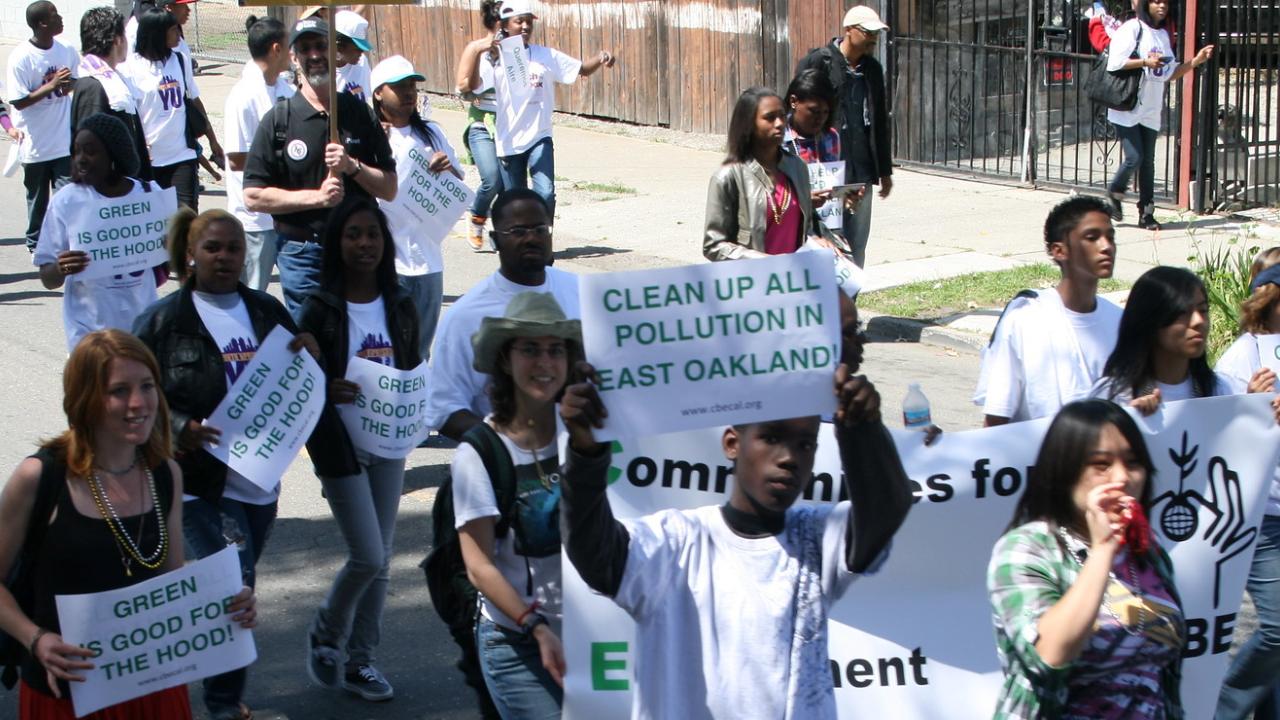
Budgeting for the Future, Part II
Of the seventeen budget summary chapters in Governor Newsom's proposed budget, three relate specifically to the environment. This focus on the environment, and climate change in particular, has much to do with the fact that nearly all state priorities are in some way influenced by or connected to the environment.
Teaching Suggestions:
Read below for grade-specific teaching suggestions that align with environmental protection and natural resource management. There are also a number of Current Context articles and classroom activities that dig deeper into the many of the topics covered in this issue. These are all appropriate for the high school classroom:
Auto Emissions and Air Quality
Redlining and Historic Environmental Racism
Grade specific suggestions:
Government - Students can examine the respective priorities, authority, and impacts that the state and the federal government have in matters related to environmental protection and the use and preservation of natural resources. Consider having students choose one specific government responsibility – such as park preservation – and look at this from both the federal and state angles. Consider framing the discussion around one or more of these questions from the government chapter of the HSS Framework: Why are powers divided among different levels of government? What level of government is the most important to me—local, state, tribal, or federal? What level of government is the most powerful—local, state, tribal, or federal?
Economics – Consider using this primary source set developed by an economics teacher working with the CHSSP that examines key moments of government involvement in the US economy with an emphasis on natural resource management. It begins with the 1860s Pacific Railway Act, through the crucial New Deal and World War II era, and continues to the twenty-first century with water regulation during the last California drought.
11th grade U.S. History – Consider teaching the history of redlining as it relates to civil rights and environmental justice. Students may connect well with the focus on something familiar, like housing, in order to understand more deeply the widespread and damaging impact of discrimination, including on a person’s health, social interconnectedness, and financial security. This classroom resource provides historical and present-day information that examines the complexity of the legacy of redlining.
Ethnic studies – Consider having students choose one local or regional environmental justice organization working to improve living and working conditions, including public health, for the community. This map may help students identify such groups. Students can study what environmental problems is the group seeking to address? What social problems are connected to these environmental issues? How are residents taking action to address these problems? What are some key characteristics of the people involved in this organization? What are some key events in this organization’s work, and why do you think they came about this way? How has scientific knowledge informed community action? What changes have occurred as a result of this organization’s work?
Geography/California connections – Consider using this National Geographic map of land ownership in California to consider the scope of the role that the state government plays in managing California’s natural resources. Are there regions of the state where the state has concentrated land ownership? Areas where the state has limited land ownership? In what ways do you notice people, industries, and animals using the lands in these areas?
Media Resources
Marching for Environmental Justice at "Love Yo Mama" Earth Day in East Oakland, photo by Black Hour on Flickr https://www.flickr.com/photos/blackhour/4553742042/in/photostream/
